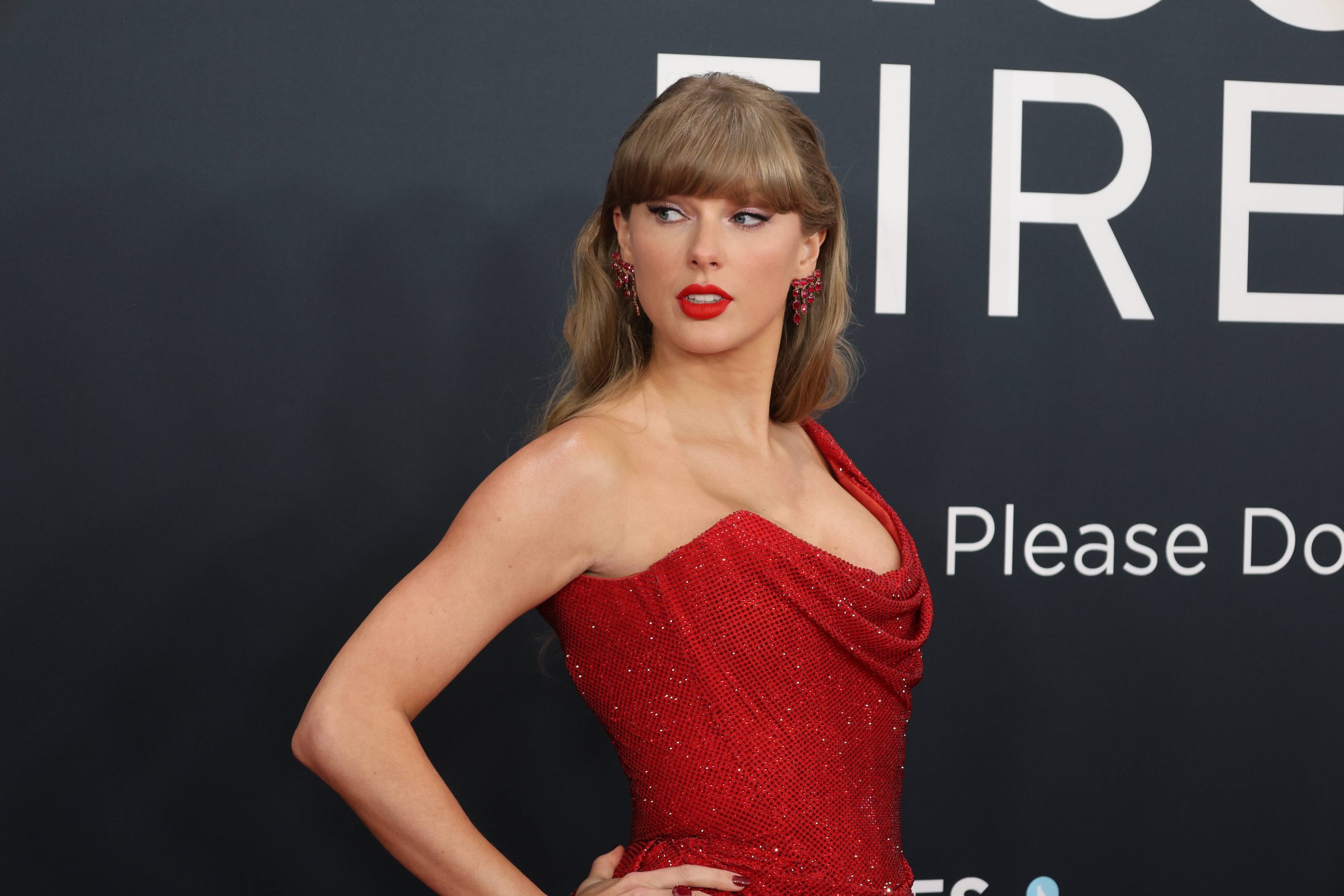
In a world where fame is often fast, fleeting, and filtered through ring lights, Taylor Swift did the unthinkable: she went analog. Before she was a billion-dollar industry with friendship bracelets and 12-minute ballads, she was just a girl with a guitar and a grudge. America blinked, and suddenly, she was everywhere. From crumpled diaries to sold-out stadiums, Taylor Swift’s rise was not just meteoric, it was myth-making. But exactly when did she slip into the pop pantheon?
Fame usually arrives via scandals, reality shows, or spontaneous TikTok viral, but Taylor Swift chose heartbreak, metaphors, and acoustic guitars. Her glow-up broke every algorithm before algorithms mattered. Here is the real timeline of her superstardom.
Taylor Swift’s early music obsession began on a Christmas tree farm
ADVERTISEMENT
Article continues below this ad
Before the Grammys gathered dust on Taylor Swift’s shelf and Netflix built entire documentaries around her feelings, there was rural Pennsylvania, Shania Twain, and a Christmas tree farm that looked like a Hallmark movie sponsored by seasonal allergies. This is where Swift began rehearsing heartbreak like it was a school subject. She strummed, scribbled, and stage-mothered herself into prodigy territory. By 12, her lyrics could wound. And soon after, her family packed up and moved to Nashville, not for a break, but for a blueprint called world domination.
While other teens were navigating acne and algebra, Taylor Swift was already weaponizing heartbreak with alarming precision. Childhood scribbles became chart-toppers, and suddenly, teen angst had a soundtrack, complete with country chords and emotional consequences.
Taylor Swift’s 2006 debut single made heartbreak sound historic
It started, as all good stories do, with a breakup and a name-drop. ‘Tim McGraw,’ her debut single in 2006, was less of a song and more of a manifesto: soft vocals, sharp pens, and subtle vengeance. The country crowd could not get enough. Radios played it like it was a coded teenage prophecy, and suddenly, Taylor Swift’s self-titled debut album became a rite of passage. Her storytelling style hit like a diary page ripped out and turned into a national anthem.
While Taylor Swift’s debut whispered secrets into country radio like a confessional booth, her next chapter arrived like a glitter bomb in a school hallway. Teenage heartbreak turned into cultural currency, and Swift stopped knocking on fame’s door; she kicked it open in heels, with a pen as her weapon.
Taylor Swift stepped beyond country and rewrote pop fame
By 2008, Taylor Swift was no longer just the country’s golden child; she was fame’s favorite overachiever. ‘Fearless’ came swinging with balcony confessions and cursed cheerleaders, turning high school melodrama into chart-topping art. ‘Love Story’ rebranded Romeo and Juliet with fewer deaths, and ‘You Belong With Me’ launched a thousand Tumblr posts. It was mainstream but messy, in the best way. And when the Grammys handed her Album of the Year, the industry realized, this was not a phase, it was a reign.
While her early reign twirled in sundresses and soft strums, what followed stomped in with eyeliner, edge, and existential dread. Taylor Swift did not evolve politely; she lit a match, dropped it in her diary, and called it artistic growth.
Taylor Swift stopped chasing charts and started rewriting them
If ‘Fearless’ was her coronation, ‘1989’ was her victory lap in heels. With synth-pop, snake metaphors, and choruses that refused to leave your head, Taylor Swift officially left country behind and no one even missed it. ‘Shake It Off’ danced through the noise, and ‘Blank Space’ painted breakup madness with museum-level precision. Then came ‘Folklore’ and ‘Evermore,’ cottagecore-coded and emotionally devastating, proving she could reinvent not just herself, but the entire genre. At this point, Swift was not riding the wave. She was the wave.
ADVERTISEMENT
Article continues below this ad
Fame loves to cosplay as immortality, but at its core, it is a glorified group project between attention spans and algorithms. Taylor Swift, however, treated it like a thesis on selfhood. Each era was not a glow-up; it was an existential mic drop. She dissected identity like it was extra credit, turned emotional chaos into cultural scripture, and refused to be archived by the industry that built her. She did not just become famous; she became the syllabus on how to survive it, outlast it, and own every version of yourself.
ADVERTISEMENT
Article continues below this ad
What are your thoughts on Taylor Swift’s journey from Christmas tree farm prodigy to full-time fame theorist? Has she mastered the algorithm or become its glitch? Drop your hot takes in the comments below.
